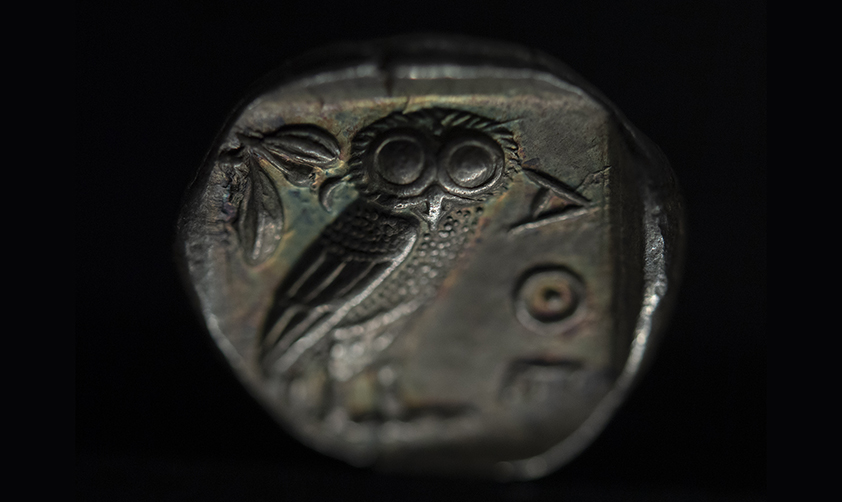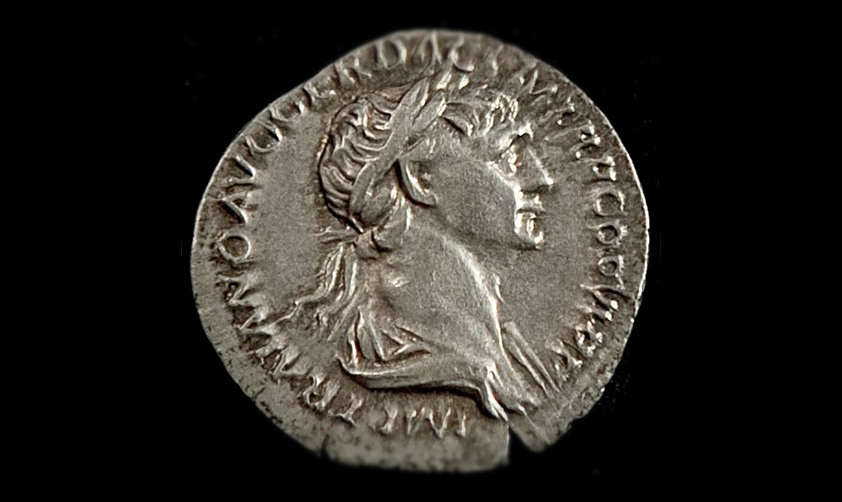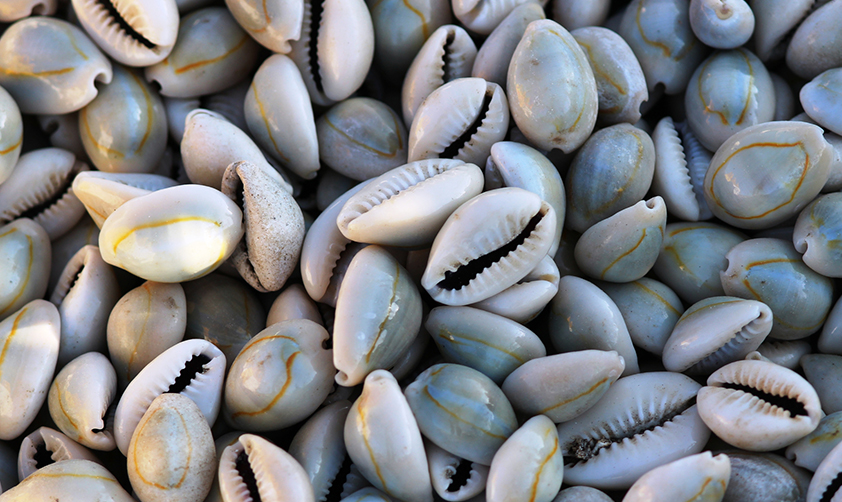The first issue of paper money on Italian territory dates back to January 1746. The Royal Finances of Turin issued a note for lire tre milla (three thousand liras) to fund the war that the Kingdom of Sardinia, allied with Austria, was fighting against France and Spain. While the first in Italy, this banknote was not also the first to be issued on the European continent, which instead dates back to 1661 and was the initiative of the Wekeloch Lane Bank of Stockholm, in Sweden.

Figure 1. On the right, the first banknote issued on the European continent, by the Wekeloch Lane Bank of Stockholm in 1661. On the left, one of the earliest banknotes issued in the Italian peninsula by the Royal Finances of Turin in 1746.
But, if we want to find out about the first banknotes in history to have come down to the present day, they are the ones issued during the Ming dynasty (under Emperor Taizu, who reigned from 1368 to 1398). The Chinese had started using a form of paper money as early as the Tang dynasty (618-907 ce). It was known as 'flying cash' because it could be carried with such ease, although it functioned more like a bank draft than an actual banknote. However, thanks to Marco Polo's detailed accounts in his Il Milione ('The Million') we do know that paper money was used in the 13th century at the court of the Great Khān Kublai (1260-1294) in Cambaluc (Marco Polo's transliteration of Khān bālīq - literally 'city of the Khan'), today's Beijing. It is a story intimately tied to that of paper itself, another Chinese invention. Here are a few short explanatory excerpts from Polo's account:
Now understand that he has such a coin made as I shall tell. He has them strip the bark of the mulberry tree - it is the tree whose leaves are eaten by the worms that make silk - and they pluck the thin peel that is between the thick outer rind and the wood inside, and from that peel they make paper cards similar to cotton; and they are all black. When these cards are made after this fashion, he has small ones made, which are worth a medal of [Venetian] torneselli piccoli, and another worth one tornesello, and the other worth one Venetian silver grosso, and another worth one mezzo, and another 2 grossi, and then 5, and then 10, and yet another [worth] a gold bisante, and then 2, and 3; and so on up to 10 bisanti. And all these cards bear the seal of the Great Lord, and he has had so many made that all the treasure (of the world) could be paid for. And when these cards are made, he has them used for all the payments and expenditures in all the provinces and kingdoms and lands where he rules; and no one dares to refuse them, on pain of life. [...] And when one has a card that is worn and soiled and they go to the Great Sire's table, he changes them without fail, and they are given ones good and new, but also they leave 3 for [every] 100.
There were, therefore, banknotes of various denominations, comparable in value to some of the coins circulating in the Italian peninsula (torneselli, grossi, and bisanti), and made from mulberry-bark paper. All banknotes bore the seal of the Great Khan, as a guarantee of their value: they could be used for any kind of payment, in any of the sovereign's provinces or kingdoms, and no one could refuse them, on pain of death. And there was even a system for replacing worn-out banknotes, at the court of the Grand Khan, with a 3 per cent commission.
As mentioned above, the banknotes that have survived to the present day date back to the Ming dynasty. The 200 and 300 cash notes are extremely rare, whereas the 1,000 cash (1 kuan) are far less rare. Banca d'Italia owns one, which it purchased in December 2001 from a private collector (see photo).

Figure 2. Chinese banknote of 1,000 cash from the Ming dynasty (13th century), owned by the Bank of Italy.
As far as we know, most of the Ming banknotes preserved today have a very peculiar origin, mainly attributable to three different sources. In his book The Trade and Administration of the Chinese Empire, published in 1908, H.B. Morse recounts the discovery of a treasure during the Boxer Rebellion. A group of European soldiers tore down a statue of the Buddha in Beijing's Summer Palace gardens and found jewellery, gold and silver ingots and a bundle of these banknotes concealed inside its pedestal. Being content with the jewellery and precious metals, the soldiers gave the notes to Major Lewis Seaman, a US Army Surgeon, who donated the sample later reproduced in Morse's book to the Museum of St. John's College in Shanghai. The banknote owned by Banca d'Italia was also part of that finding and bears the inscription, in English, 'This piece was found inside a sacred Buddha idol by soldiers in Peking during the Boxer rebellion' on the back of its frame. A second batch of banknotes was discovered in 1936, when a group of workers found a large quantity of them inside a wall they were tearing down in Beijing. This story is told by the Reverend Ballou, a missionary who was a longtime resident in China and claimed to have received one of these banknotes from his friend L. Carrington Goodrich, an associate professor at Yenching University in Beijing. Goodrich, in turn, had bought two specimens - for only a couple of copper coins, amounting to a few cents - from the workers who had found them and, just as readily, resold them. A third batch of banknotes has a very similar origin to the previous one, and was discovered by a Finnish missionary who first brought the banknotes to Europe, and then found herself in need of money and sold them in the mid-1990s through a Finnish numismatist, with some fine specimens ending up in the hands of private collectors.









